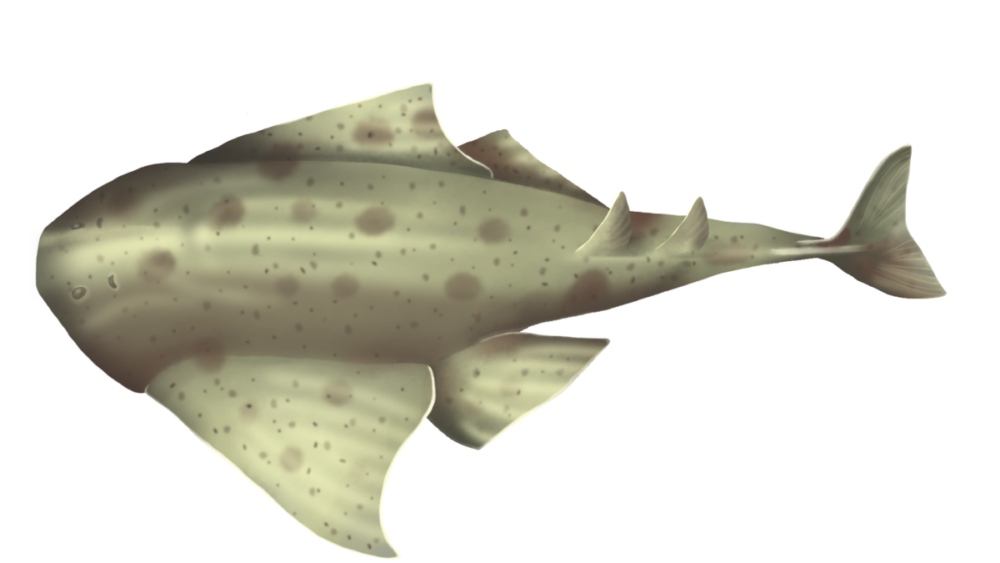About
The sawback angelshark is the only species of angel shark with spines present down its back during the adult phase, a feature that gives this species its common name.
This species was previously an important benthic predator, feeding on a range of fish and crustaceans. However, sawback angelsharks – like other angel shark species – are particularly vulnerable to being caught in bottom trawling fishing gear and due to its life history characteristics, populations recover very slowly. Therefore, the number of individuals have declined drastically over the last 100 years and it is now rarely seen across much of its range.
Information on the species biology is scarce. The angel shark family (Squatinidae) has been declared the second most threatened of all sharks and ray families. Three species of angel shark (S.aculeata, S.oculata, S.squatina) are protected in the Mediterranean within six marine reserves around the Balearic Islands and are included under Annex II of the Barcelona Convention, where fishing for these species is forbidden and they must be released if they are captured.
- Order: Squatiniformes
- Family: Squatinidae
- Population: Unknown
- Trend: decreasing
- Size: Up to 1.8m (?)
- Depth Range (m): 10 – 500 m
EDGE Score
Distribution
The sawback angelshark was once common in the eastern Atlantic from Morocco to Angola, and within the Mediterranean Sea. However, in recent years its range has decreased dramatically, and now, only occasional sightings are recorded.
Habitat and Ecology
The sawback angelshark can be found on the seabed within shallow bays to depths of 500m! Experts know little about its ecology or its reproductive biology, although they do know reproduction is by aplacental viviparity. Its diet consists of small sharks, fish, cuttlefish and crustaceans such as shrimps and crabs.
